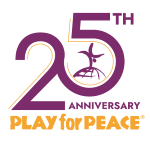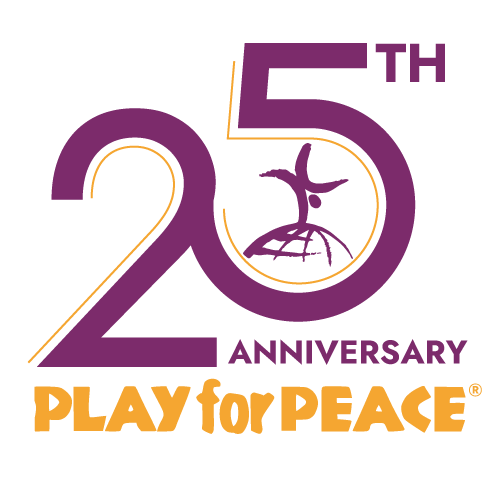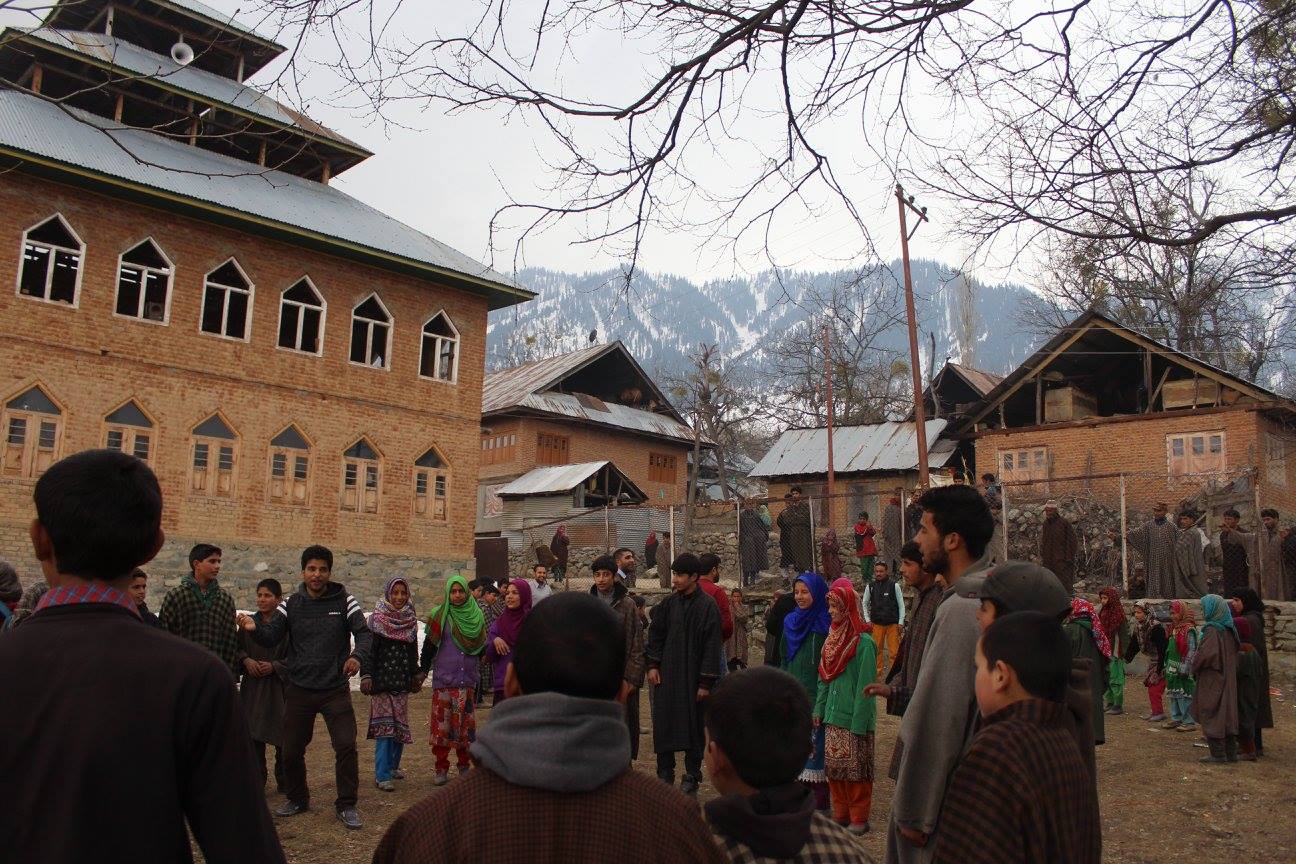"Child-friendly spaces are safe places within a disaster-affected community where children's unique needs can be met. They help children return to a normal routine by offering structured activities, games, and informal education."
Srinagar, an area severely affected by the trouble that started in June last year, has recently opened many schools which had previously been forced to close. In a disaster-affected community such as Srinagar, Child-Friendly Spaces are safe places where children’s unique needs can be met. This is done by helping them return to a normal routine offering structured activities, games, and informal education. As schools have recently started to open, we are overjoyed in the PFP community to bring our training sessions back to Srinagar. The training conducted was aimed at working with Community Mobilizers and Psycho-Social Counselors who were running these Child-Friendly Spaces.
Day 1 started with a Practice Peace Session, which was filled with lots of laughter and fun. Everyone was excited to be part of the experience. A question asked by the participants was how to connect PFP games to life skills. This initiated a discussion about which life skills are in focus for particular activities, using the WHO-suggested list of 10 life skills as a reference. They were split into groups, and at the end, all had a handwritten activity book. Participants were also taught how to keep activities engaging by discussing how to introduce the activity, how long to perform the activity and the suitability for different age ranges. The inclusivity of activities was also reviewed, and the idea of modifying games to suit children with disabilities was discussed. At the end of the day through writing, drawing, or poetry, participants expressed their experience of the day in a newsletter, which they would record for each day of the five-day training.
Day 2 started with another Practice Peace Session. Training then moved on to an activity concerning behavior agreement. Split into groups, the participants were given different metaphors. Members discussed these metaphors and agreed on behaviors and actions that would help the group move forward positively. They then looked at how this was a tool to share power with children and a way to show them responsibility. After lunch participants were introduced to the concept of Challenge of Choice. This concept illustrates that when we take a risk of any kind it helps us learn and grow. Another activity performed was story-making and storytelling. The stories became a medium for healing as many related their stories back to current realities. Many even imagined themselves as characters even when stories started on an imaginary note.
Day 3 started with hat-making, in which some participants wrote slogans on their caps. This was encouraged, and it was explained that this was an excellent tool for advocacy as children could bring these hats home and spread PFP messages to their parents. After this, the next activity was World Café to bring out issues related to children’s rights. Each table was given a question related to environment and facilities children need for holistic development. Participants were also encouraged to share stories from their childhood about children’s rights. Participants were then introduced to the idea of puppets and were subsequently taught how to make them out of paper mache. Puppets can be used for therapy and psycho-social care, and they are a common tool to help children project their anxieties or express difficult emotions. None of them had ever used puppets before and were wonderfully surprised at the use of such a tool. The puppets excited many participants, and many exclaimed their joy at how anyone could easily use a puppet and express themselves in a fun way.
On Day 4, the value of play in Play for Peace was shared with everyone. The importance of movement in learning and in creating a learning environment in the brain was highlighted. The participants then got to conduct their own practice peace sessions with children. The four groups worked with about 100 children for 45 minutes. It was non-stop action, and because of the participants’ careful planning beforehand, they easily adapted to any situation.
On Day 5 the participants were shown how activities can be used for reflection, and that the objective of activities is engagement, involvement, and dialogue not necessarily successful activities. They were also shown the concept of Community Building: the idea that sharing activity patterns can lead to more activities. This is important as trainers don’t need to rely on Play for Peace training for ideas and can continue to Play for Peace activities solely through community sharing. The day also focused on creating an action plan. This included how to identify children with psycho-social challenges, how to take further action, and the importance of case studies in these instances. The group also decided on the need for developing a team of volunteers and a future workshop for volunteers. The group was also shown the format for documenting their sessions.
Finally, participants shared their final reflections on the newsletter that they had been working on for the past 5 days. The power of expression as healing through something like a newsletter was discussed, and how it can be used as a medium or tool for advocacy to reach out to a larger community. The training went beyond teaching activities. It showed the participants perspective and shared concepts on inclusion, equity, learning styles, and more. It was a successful five days, and Play for Peace is hopeful that through these minders of Child-Friendly spaces, those children who have been traumatized and affected will be better identified.
[gallery columns="2" size="medium" ids="8968,8969,8970,8971,8972,8973,8974"]



